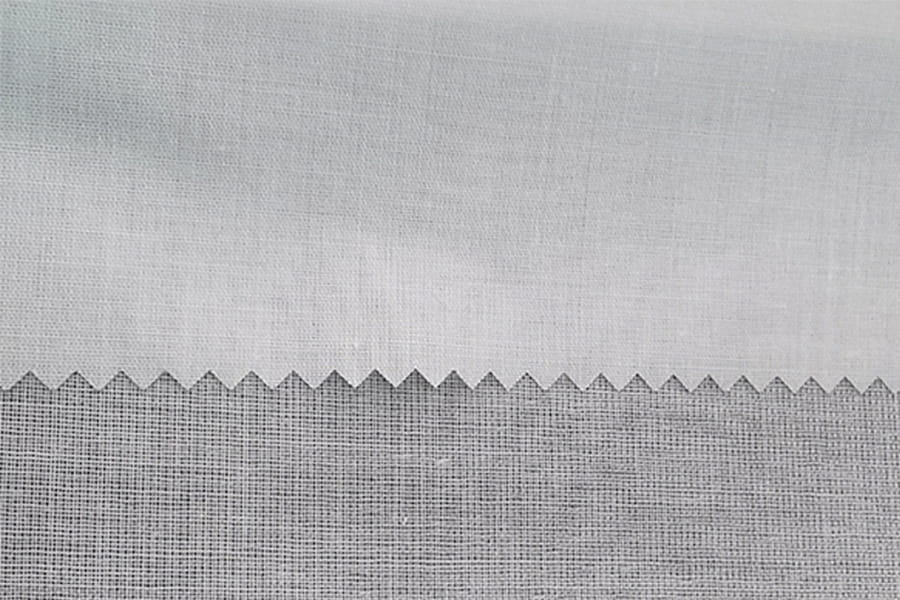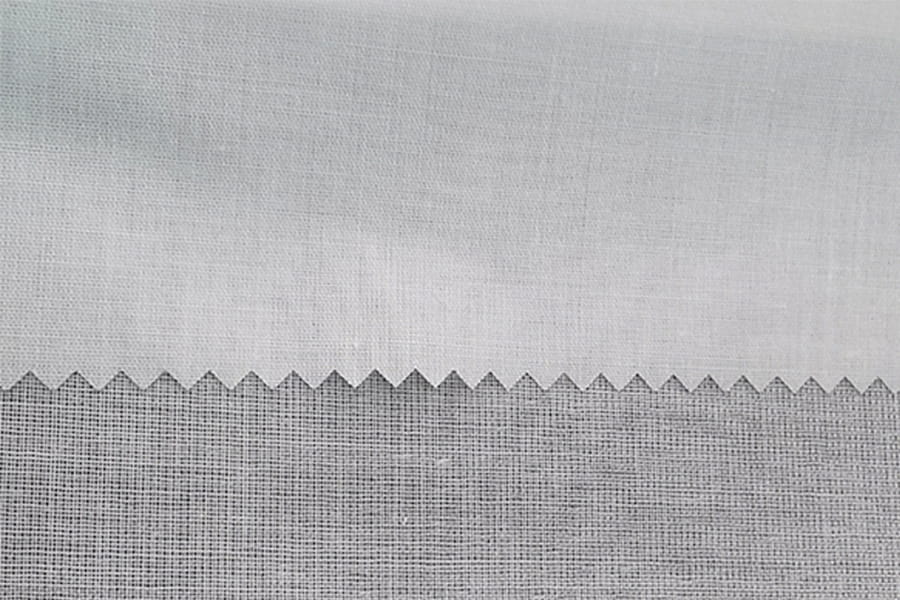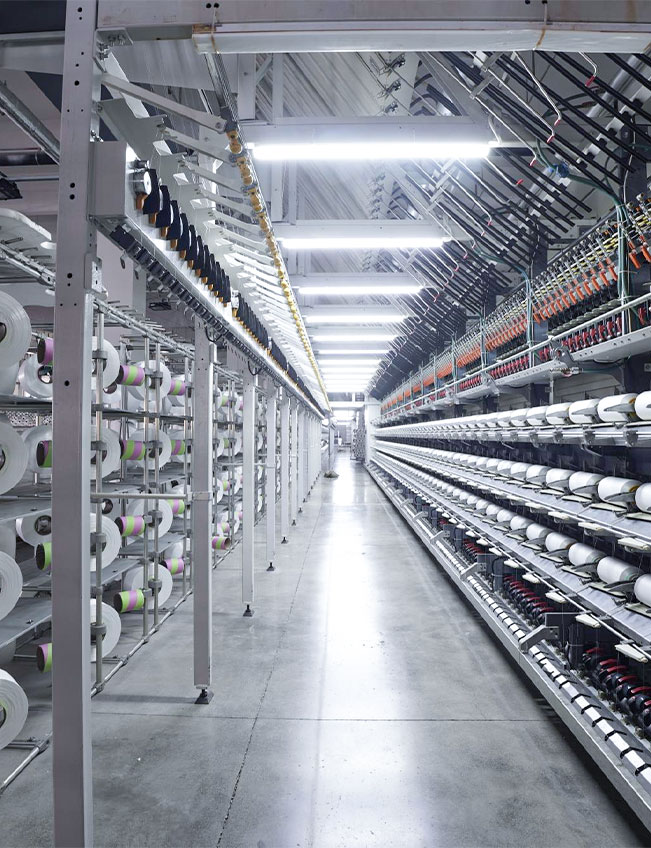How does the blend ratio of polyester to cotton affect the characteristics of the interlining?
The blend ratio of polyester to cotton in woven fusible interlining significantly influences its characteristics and performance. Here's how:
Strength and Durability: The blend ratio affects the overall strength and durability of the interlining. Higher percentages of polyester typically result in a stronger interlining, as polyester fibers are known for their excellent tensile strength and resistance to abrasion. A higher polyester content can enhance the interlining's ability to withstand stress during garment construction and wear.
Flexibility and Drape: The blend ratio also impacts the flexibility and drape of the interlining. Cotton fibers contribute to a softer hand feel and better drape, making the interlining more suitable for lightweight or fluid fabrics. A higher cotton content can improve the interlining's flexibility, allowing it to conform better to the shape of the garment and provide a smoother finish.
Heat Resistance: Polyester fibers have higher heat resistance compared to cotton fibers. Therefore, a higher polyester content in the blend can improve the interlining's ability to withstand heat during the fusing process without melting or shrinking excessively. This is crucial for achieving a strong bond between the interlining and the garment fabric.
Moisture Management: Cotton fibers have better moisture absorption properties compared to polyester fibers. Therefore, a higher cotton content in the blend can help to absorb excess moisture from the fabric or the wearer's body, reducing discomfort and maintaining a more comfortable microclimate within the garment.
Shrinkage: Cotton fibers are prone to shrinkage when exposed to heat or moisture, while polyester fibers are more resistant to shrinkage. The blend ratio must be carefully balanced to minimize shrinkage and ensure dimensional stability in the finished garment, especially after laundering or dry cleaning.
Appearance and Finish: The blend ratio can influence the appearance and finish of the interlining. Higher polyester content may result in a smoother, more uniform surface texture, whereas higher cotton content may impart a slightly textured or matte finish. The choice of blend ratio depends on the desired aesthetic effect and compatibility with the garment fabric.
What are the factors affecting the bonding strength of the fusible adhesive in Polyester/Cotton Woven Fusible Interlining?
Temperature: The temperature at which the interlining is fused to the garment fabric plays a crucial role in determining the bonding strength. Fusible adhesives typically have specific temperature ranges at which they activate and bond effectively. Too low a temperature may result in insufficient bonding, while too high a temperature can cause damage to the fabric or adhesive.
Pressure: Pressure exerted during the fusing process is essential for ensuring proper contact between the interlining and the fabric. Adequate pressure helps to activate the adhesive and create a strong bond. Insufficient pressure may lead to incomplete bonding or weak adhesion, compromising the durability of the bond.
Duration of Heat and Pressure Application: The duration for which heat and pressure are applied during the fusing process also affects bonding strength. It's crucial to follow manufacturer recommendations regarding the duration of pressing to achieve optimal bonding without causing damage to the fabric or adhesive.
Type and Quality of Fusible Adhesive: The type and quality of the fusible adhesive used in the interlining significantly impact bonding strength. High-quality adhesives formulated specifically for Polyester/Cotton blends are designed to provide strong, durable bonds without causing stiffness or compromising fabric integrity.

 English
English 中文简体
中文简体 русский
русский Español
Español











